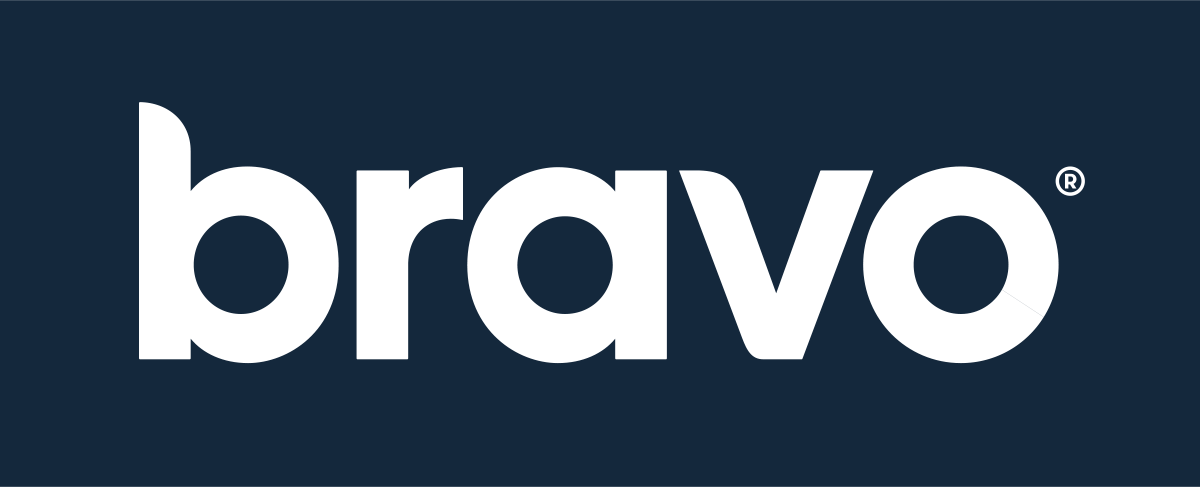Regardless of job, title, industry, or location, Americans are working more than ever.
On average, Americans work 34.4 hours a week. This is longer than any other professional population in the largest economies around the world. Many professionals, however, are working even longer hours.1
According to Gallup, full-time employees report working an average of 47 hours per week. This equates to almost six, ‘9-to-5’ days. Some employees – nearly four in 10 – say they commit 50+ hours a week to their job.2
Additionally, our mobile devices enable us to remain connected to work and colleagues around the clock – prompting work to be done (no matter how big or small the task) at seemingly any hour of the day or night.
“As humans, we take work home and we take home to work. They aren’t mutually exclusive and it’s important for organizations to realize this," says Deanna Wolfe, Bravo's Wellness Solutions Strategist.
With much of the U.S. workforce spending a large portion of their lives at work or working on job-related tasks, it’s safe to say that the organizations we work for can make a significant impact on our quality of life.
Employee Engagement and Culture: What Are They & Why Do They Matter?
While workplace culture and employee engagement are two separate entities, they are interrelated. When organizations strategically incorporate the two into their mission and everyday rhythm, employee culture and engagement thrive.
Workplace culture is the sum of what employees believe and how they act, from stated and unstated rules and expectations, in regard to the organization. Culture provides a big picture of how the company and its employees function as a whole.
A strong culture can be indicative of each and every employee living out the company values. It’s important for employees to understand how their role aligns with these overarching values.
Employee engagement is how employees feel and the total level of commitment, both emotionally and intellectually, they are willing to give to their organization.
Effective and sustainable company cultures are guided by leadership, systems and processes which inspire and influence both employee and organizational behavior.
Why Do These Organizational Constructs Matter?
Engagement and culture are imperative to your organization’s foundation. Fostering one without the other, or trending toward poor concentrations of both, means there is a fundamental breakdown in beliefs and behaviors and unengaged employees across the board.
Remember this: The stronger the culture, the higher the employee engagement. The higher the employee engagement the:
- More connected employees are to the company’s mission and vision
- Higher the presenteeism and productivity
- Higher the motivation to exceed goals
- More creative the problem solving
- More proactive the continued learning
- Better the customer relations
- More committed employees are to growing their careers within the organization
- Lower the turnover
Indeed, employee engagement is a direct result of a well-built and empowering company culture.
In the numbers:
- 30%+ and 40%+: Organizations that actively manage their cultures usually have 30 percent higher levels of innovation and 40 percent higher levels of retention.3
- 147%+ and 87%+: Organizations with a highly engaged workforce outperform their competitors by 147 percent in earnings per share and their employees are 87 percent less likely to leave.4
Creating A Culture of Health Within Your Organization
In today’s fast-paced, seemingly 24-7 workplace, employee engagement and culture can’t be confined within the walls of an organization.
To get the best from employees, your workplace culture must simultaneously focus on company goals and objectives and employees’ total quality of life – from work/life balance, to physical and mental health, to social and financial well-being.
Deanna says, “We know well-being isn’t just exercise and nutrition. Well-being is feeling empowered at work and at home, having strong social connections, understanding and managing your finances, and so much more.”
To create a culture of wellness and engage employees to think and act well, it has to start from the top down.
Cue the Employee Wellness Program
Developing and implementing a customized employee wellness program that seamlessly flows with your organization’s culture, truly engages employees, and empowers and encourages them to continuously make healthy behavioral choices is a big (and often overlooked) piece to improving company culture.
Furthermore, a wellness program that is not one-size-fits-all and actually aligns with your unique organization/population of people shows your employees that their company is committed to investing in and values them as individuals on and off the clock.
With Any Employee Wellness Program, Communication is Key
You know better than anyone, employee wellness, along with employee engagement and culture, are hot topics in today’s business world – particularly in the HR realm. For some HR professionals and employees, the verdict is still out on wellness programs.
Do they really work? Do they add significant value to an employee’s life? The organization’s employee engagement and culture? The overall bottom line?
Often times, wellness programs fail or struggle to prove real worth because the roll-out and delivery of the vision, goals, and strategy are too rigid and prescriptive, with employers just telling their employees to take an assessment, or participate in a program, or complete a screening.
Inspiration, empowerment, employee satisfaction, incentives, and – above all – communication isn’t there.
Participation and overall organizational impact from an employee wellness program is rooted in dialogue and communication.
How to Improve Company Culture & Engagement Through an Employee Wellness Program
An employee wellness program that drives year-round participation and engagement starts with a conversation with your people about building a stronger, healthier culture.
Through a configurable, results-driven wellness program, your employees will be empowered to:
- Achieve personal betterment
- Lower healthcare costs
- Become more productive
- Interact with colleagues on teams outside of their specific department or team
- Get to know and care about each other on an additional dimension
Overall, a wellness program that’s created with an inspiring vision and built for your specific culture and employees’ needs will not only help increase productivity, but it will also further boost employee satisfaction and retention and attract top talent.
But What’s the ROI, You Ask?
While C-Suite executives and HR professionals are pushed to constantly think about the bigger impact to the organization – profitability and ROI – we understand that at the end of the day, you need to know why it’s worth it to invest in an employee wellness program.
Consider this:
- 70% of U.S. workers are not engaged at work8
- Nearly half of working adults say that their job affects their overall health6
- Work-related stress costs US companies $30 billion a year in lost productivity due to sick days and absenteeism7

With the focus on your employees’ well-being first and foremost, increased revenue/ROI will come in the form of lower healthcare costs, increased productivity and innovation, improved retention, and improved profitability.
Overall, a well-managed culture can deliver revenue growth over a 10-year period that is, on average, 516 percent higher than organizations that do not place value on culture and employee health/satisfaction.5
Ready to Enhance Employee Engagement and Culture? Let’s Talk About a Wellness Solution for Your Company
At Bravo, it is our belief that personal betterment is more than the key to employee engagement and culture — it’s the most important component to employee wellness and sustainable employee benefits.
We’re here to help you holistically invest in your team.
Investing in the well-being of your employees as individuals is one of the best long-term investments your company can make.
When you partner with Bravo, your company will receive a configurable employee wellness program that evolves to meet your population’s needs over time. This includes everything from measuring employee engagement to employee recognition ideas.
Best of all? The program will work to inspire your employees to achieve their personal best and protect the benefit plans you’ve worked so hard to build.
Find out what tools you can use to start motivating employees today.
Resources:
1CNN Money. Turns out Americans work really hard...but some want to work harder. Accessed September 10, 2018.
https://money.cnn.com/2015/07/09/news/economy/americans-work-bush/index.html.
2Gallup. The "40-Hour" Workweek Is Actually Longer -- by Seven Hours. Accessed September 10, 2018.
https://news.gallup.com/poll/175286/hour-workweek-actually-longer-seven-hours.aspx.
3Bersin, Josh, Becoming Irresistible: A New Model for Employee Engagement, Deloitte Review, Issue 16, 2015.
https://www2.deloitte.com/insights/us/en/deloitte-review/issue-16/employee-engagement-strategies.html.
4Gallup. How Employee Engagement Drives Growth. Accessed September 10, 2018.
https://www.gallup.com/workplace/236927/employee-engagement-drives-growth.aspx.
5Kotter, John and Heskett, James, Study on Corporate Culture and Performance, 2011.
https://www.forbes.com/sites/johnkotter/2011/02/10/does-corporate-culture-drive-financial-performance/.
6NPR. Wellness Programs Take Aim At Workplace Stress. Accessed September 10, 2018.
https://www.npr.org/sections/health-shots/2016/07/18/486093979/wellness-programs-take-aim-at-workplace-stress.
7Virgin Pulse. State of the Industry Survey Report 2017. Accessed September 10, 2018.
https://community.virginpulse.com/state-of-the-industry-2017-wc.
8Gallup. State of the American Workplace. Accessed September 10, 2018.
https://news.gallup.com/poll/180404/gallup-daily-employee-engagement.aspx.


